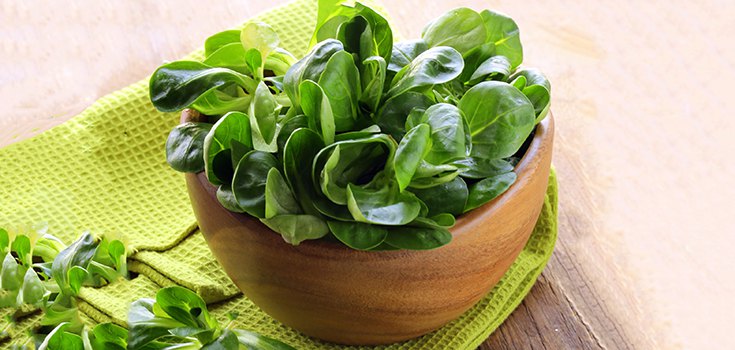Stay Healthy: Boost Magnesium Levels with These Two Foods
Stay Healthy: Boost Magnesium Levels with These Two Foods
While boosting total health
It’s becoming common knowledge that the majority of people in the Western world are deficient in magnesium (among other minerals and vitamins), due to soil depletion.
It’s becoming common knowledge that the majority of people in the Western world are deficient in magnesium (among other minerals and vitamins), due to soil depletion. Yet magnesium is a co-factor for more than 700 (maybe as much as 1,300) enzyme systems in the body, which makes it essential for good health. But where can you really find magnesium?
Magnesium supplements often cause unpleasant intestinal consequences, and the use of transdermal magnesium rarely moves the needle in lab tests for magnesium levels. My advice? Seek out some dietary sources rich in magnesium.
Here are 2 foods that can help remedy magnesium deficiency symptomsquickly and without unpleasant side effects. As a bonus, each provides many other health benefits, too.
Molasses Delivers Highly Bioavailable Magnesium in the Perfect Ratio with Calcium
Molasses is a thick dark brown liquid leftover from the processing of refined white sugar. It contains all the minerals sugar cane has absorbed from the earth, which is worth noticing. This is because sugar cane roots descend as much as 15 feetinto the earth and are able to bypass the depletion in topsoil. It’s interesting that animals seek out molasses for its taste and many minerals, while people would rather eat processed nutrient-empty white sugar!
Two tablespoons of organic unsulphured blackstrap molasses (the best kind) will yield 16% of the RDI (daily intake value) of magnesium, an amount considered sufficient to meet the demands of 98% of healthy people.
That may seem like a small amount compared to the amount in a magnesium supplement, but it’s not the amount you put into yourself that counts – it’s the amount you absorb and are able to use. While the majority of many magnesium supplements may go in one end and come out the other, magnesium from molasses and other foods is highly absorbable and can be fully used by the body.
That same bottle of molasses also contains 20% of the RDI for calcium in two tablespoons. Calcium not balanced with magnesium in a range of 1 to 0.50 through 1 to 1 cannot fulfill its role of keeping bones healthy, but rather can cause several problems, such as brittle bones and cardiovascular disease. In fact, noted physician Carolyn Dean, M.D. says it is the lack of magnesium, not calcium, which is often the culprit in age-related bone loss.
A 32 ounce bottle of organic unsulphured blackstrap molasses can be easily had for less than 10 dollars. Check out otherhere.
Use Spinach Instead of Lettuce in Salads for more Magnesium
Popeye had it right when he downed a can of spinach in each cartoon, and not just for the iron. Eating one cup of raw spinach yields 24 mgof highly bioavailable magnesium. Just as with molasses, getting magnesium from spinach provides cofactors not found in isolated supplements.
In addition to magnesium, spinach is an excellent source of vitamin K, another nutrient critical for bone health. Vitamin K helps retain calcium in the bone matrix where bone mineralization takes place. Like with magnesium, it’s important to know about vitamin K deficiency symptoms, so check those out as well.
Other minerals found in spinach are manganese and iron.
Spinach is also a repository of carotenoids which have shown in research to display many health-giving properties. Lutein and zeaxanthin are the two carotenoids that have given blueberries such a big name. However, a serving of blueberrieshas only 118.40 mcg of these two, while spinach boasts a whopping 20354.40 mcgof these carotenoids in a serving.
You can see how simply adding spinach to a salad will exponentially increase the nutritional power, to say nothing of a huge increase in magnesium intake.
Other Popular Stories:
There are no related stories quite yet.

Post a Comment